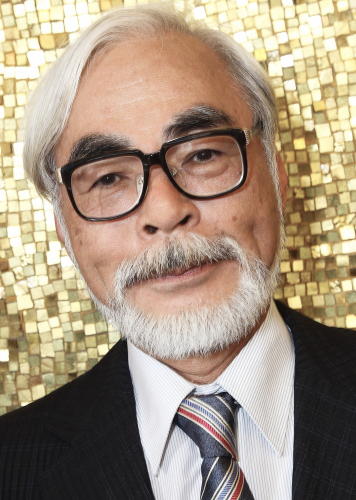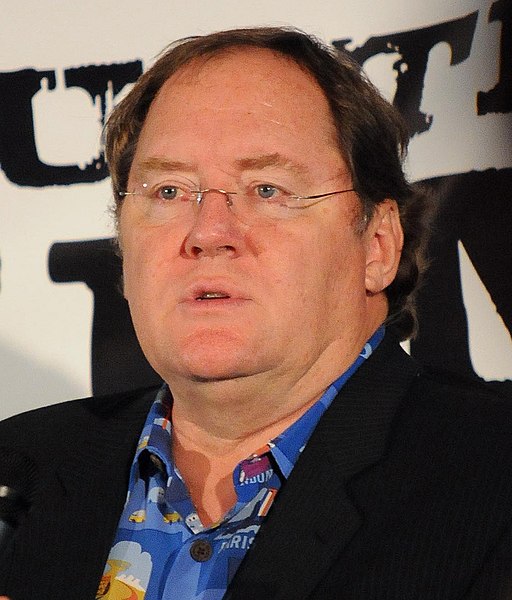
WORKPRINT STUDIOS BLOG POST #29 – Rating System in Film
Filmmaking Blog
Welcome to the Workprint Studios Blog.
WORKPRINT STUDIOS BLOG POST #29 – Rating System in Film
Understanding Film Ratings and Their Impact on Cinema
Film ratings have been around since the early 1900s, with the goal of informing audiences about the content and suitability of films. Today, the Motion Picture Association of America (MPAA) is the organization responsible for rating films in the United States. The MPAA’s rating system has undergone several changes since its inception, but its mission remains the same: to provide information to parents and moviegoers about the content of films. In this blog post, we will explore the history of film ratings, the procedures of the MPAA, and the impact that ratings have had on cinema.
History of Film Ratings
The first film rating system was created in 1907 by the city of Chicago, which required all films to be licensed and rated for their moral content. Other cities soon followed suit, and by the 1920s, film ratings were common across the United States. In 1930, the Motion Picture Production Code was established, which prohibited any content that was considered immoral or indecent. This code was enforced until the 1960s, when filmmakers began pushing the boundaries of what was considered acceptable in films. In response, the MPAA created the current rating system in 1968, which is still in use today.
MPAA Procedures
The MPAA has a rating board made up of parents who view films and determine their appropriate rating based on several factors, including violence, sex, language, and drug use. The board can award one of five ratings: G (general audiences), PG (parental guidance suggested), PG-13 (parents strongly cautioned), R (restricted), and NC-17 (no one under 17 admitted). The board does not have a set list of criteria for each rating, but rather evaluates each film on a case-by-case basis.
Impact on Cinema
The MPAA’s rating system has had a significant impact on cinema, both positive and negative. On one hand, ratings have helped to inform parents about the content of films, allowing them to make informed decisions about what their children watch. This has led to the creation of films specifically targeted at different age groups, such as animated movies for young children or action movies for teenagers. However, some filmmakers have criticized the rating system for being too restrictive, arguing that it limits artistic freedom and prevents certain types of films from being made.
Using Ratings to Draw Attention
Despite the controversy surrounding film ratings, they can also be used to draw attention to films. For example, an R rating can make a film seem edgier or more adult-oriented, which can attract a specific audience. On the other hand, a PG rating can make a film seem more family-friendly and accessible to a wider audience. This is why studios sometimes appeal a film’s rating, in the hopes of getting a more desirable rating that will help with marketing and box office success.
Conclusion
In conclusion, film ratings have been an important part of cinema for over a century. The MPAA’s rating system has evolved over time, but its mission remains the same: to provide information to parents and moviegoers about the content of films. While some filmmakers have criticized the rating system for being too restrictive, it has also helped to inform parents and create films targeted at different age groups. Ultimately, film ratings are a tool that can be used to inform and attract audiences, and they will likely continue to be an important part of cinema for years to come.
DID YOU KNOW?
- The MPAA rating system is voluntary and not mandated by law, but most theaters and movie rental stores require films to have a rating in order to be shown or rented.
- The MPAA rating system is overseen by the Classification and Rating Administration (CARA), which is made up of parents who rate films based on their content.
- In addition to the standard ratings of G, PG, PG-13, R, and NC-17, the MPAA also assigns ratings for trailers, commercials, and other promotional material.
- The MPAA also provides descriptors that accompany the ratings, such as “strong language” or “sexual content,” to give viewers more information about the content of the film.
- The NC-17 rating is considered a commercial kiss of death for films, as many theaters refuse to screen NC-17 films and many newspapers refuse to run ads for them.
- Some films have intentionally pushed the boundaries of the rating system, such as the film Blue Is the Warmest Color, which was initially rated NC-17 but was later changed to an R rating after an appeal.
- The rating system has had an impact on the content of films, with some filmmakers choosing to alter their films in order to receive a more favorable rating and increase their chances of commercial success.
Where you can find us.



























